
views
Using over-the-Counter Treatments

Keep hair clean. This step is especially important for teens with long hair. Oily hair or hair products in constant contact with the face can help clog pores. Even those with short hair can see blemishes around the hairline due to oily hair or hair products. Wash your hair regularly and try to keep your hair off of your face as much as possible.
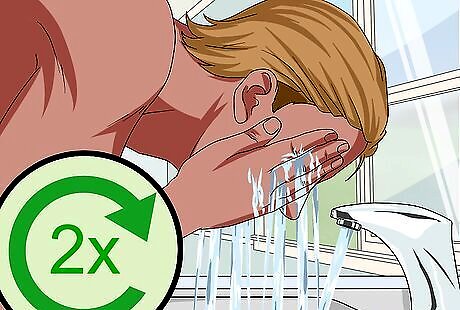
Wash twice daily. One of the biggest causes of teenage acne is increased oil production based on hormonal changes. Washing your face once a day can still leave oil and dirt behind to clog pores. Instead wash once in the morning and once in the evening with warm water and a mild oil-free cleanser. Use clean fingertips and not a washcloth to clean your face. Do not use a regular bar soap or body wash. Always use a gentle cleanser especially formulated for facial skin. Do not over wash. Washing the face more than twice a day can dry out the skin, which can actually cause the oil glands to go into overdrive production and make the acne worse. It can take anywhere from four-to-eight weeks of a daily regimen before you notice a significant difference.
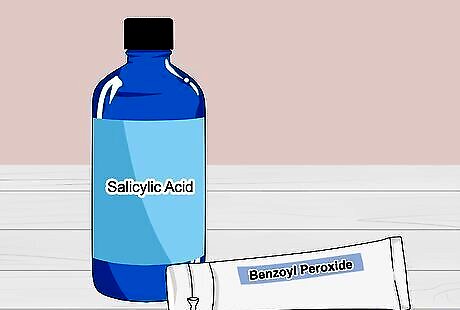
Use over-the-counter medications. Depending on the severity of your acne, you should also use an over-the-counter medication once or twice a day. The two most commonly used OTC acne treatments are benzoyl peroxide and salicylic acid. OTC medications come in gels, lotions, creams, soaps, and pads. Gels and creams are good for spot treatments of problem areas whereas pads, soaps, and lotions are more commonly used on the entire face. In addition to clearing pores, benzoyl peroxide has antibacterial qualities that makes it more difficult for the acne-causing p. acnes bacteria. And benzoyl peroxide reduces inflammation (which causes redness and swelling) of the skin. Benzoyl peroxide formulations are usually a 2.5% to 10% solution and salicylic acid formulations are usually 2% solutions.
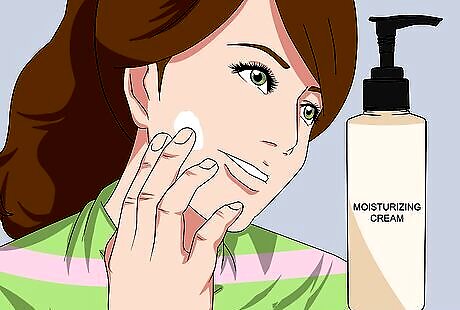
Apply a moisturizer. Since the additional washing and OTC medications can dry out skin, you want to add a daily moisturizer to your regimen. A standard lotion can have oils that will clog pores as well, so find an oil-free moisturizer that is nonacnegenic or non-comedogenic. These words simply mean that the product will not cause acne or clog pores. If you apply a moisturizer for daytime use, then you should find one with an SPF of 30 as well.
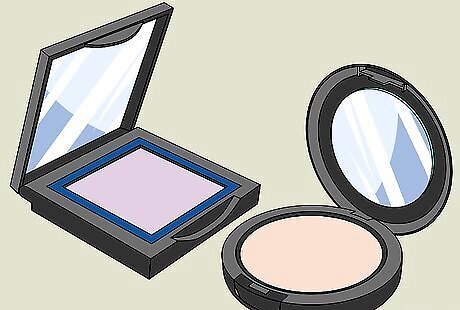
Use non-comedogenic cosmetics. While certain cosmetics like eye makeup and lipstick aren’t likely to cause acne trouble, others such as blushes and foundations can clog pores and worsen acne. Make sure than any cosmetics applied to the face say they are non-comedogenic, which means that they will not clog pores. Many major brands provide such products, so they are not difficult to find.
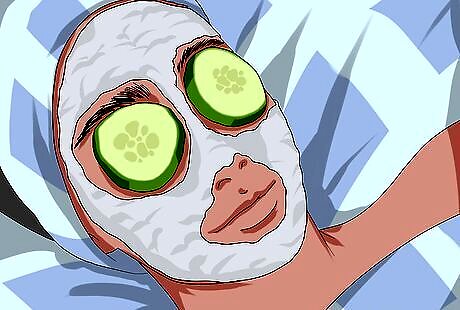
Try a clay mask once per week. Using a clay mask once per week may help to eliminate excess oil and dirt, which may help with acne. You can find clay masks in most drug stores. Apply the mask to clean skin and leave it on until it dries completely, which takes about 10 to 15 minutes. Then, rinse off the mask using lukewarm water and your fingertips. Pat your face with a clean, dry towel and apply moisturizer after you remove the mask.
Treating Persistent or Severe Cases
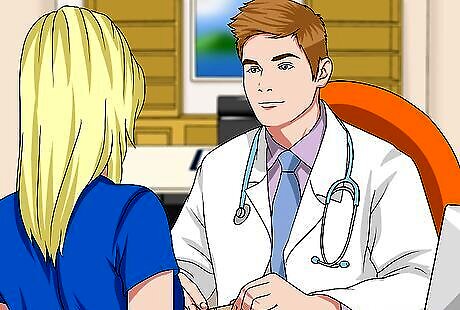
Consult a dermatologist. If you have persistent acne that doesn’t respond to the first method or if you have severe, cystic acne, then you should consider meeting with a dermatologist who can prescribe other medications.
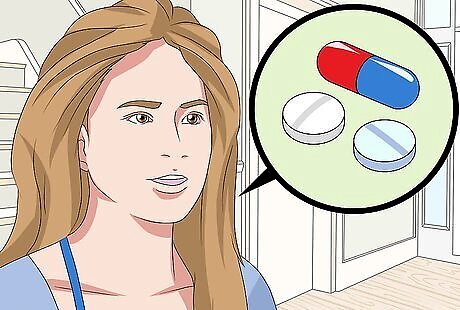
Ask about birth control. For many women, certain birth control medications can help regulate acne-causing hormones. Since hormones are the initial cause of acne, regulating these hormones can lead to decreased breakouts.
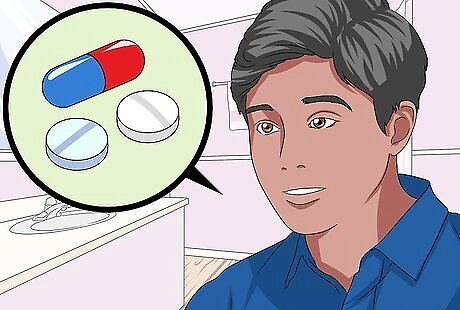
Ask about acne-treating antibiotics. Oral antibiotics can decrease the amount of the p. acnes bacteria on your skin, which can decrease inflammation. Oral or topical antibiotics may be one of the first treatments that a dermatologist recommends for persistent acne. Antibiotic treatments will usually require daily dosages for four-to-six months. After which point, they will be tapered off.
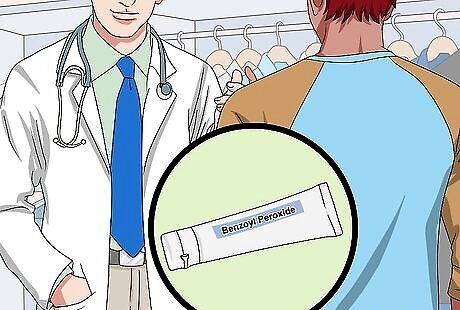
Discuss other topical prescription options. In addition to some topical antibiotics, a dermatologist may want to prescribe other topical medications. These can range from prescription-strength benzoyl peroxide to azelaic acid or tazarotene and other retinoids. Most of these medications are meant to reduce skin lesions and inflammation associated with acne. Another topical medication called Dapsone gel (Aczone) is especially helpful for hormonal acne in women.
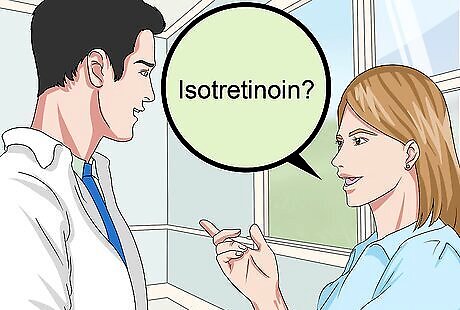
Ask about isotretinoin. Isotretinoin is one of the most effective acne treatments available. However, it’s also the medication with some of the most serious potential side effects and risks, and usage is closely monitored. Isotretinoin actually shrinks the size of oil glands, which causes them to produce less oil. Side effects of isotretinoin include increased risk of depression, and it has also been tied to birth defects, so women who are pregnant will not be prescribed the medication. Other side effects may include very dry skin, dry eyes, and increased risk of sunburn. In addition, women who could become pregnant need to take birth control or abstain from sex about one month before, during, and for one to two months after taking Isotretinoin. They also need to take monthly pregnancy tests during this time. The medication is typically taken once or twice a day for sixteen-to-twenty weeks with results that are often permanent.
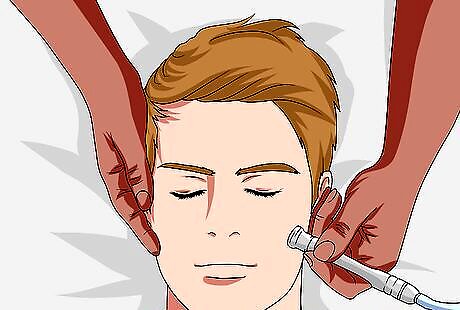
Look into other treatments that might be helpful for you. If topical and oral medications do not work for you, then you may want to consider other types of treatments for your acne. Ask your dermatologist about your options, which may include: Laser or light treatments, such as photodynamic therapy. Chemical peels. Extraction of blackheads and whiteheads. Microdermabrasion.
















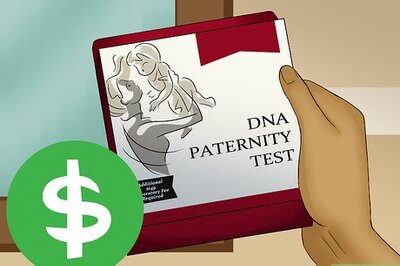


Comments
0 comment